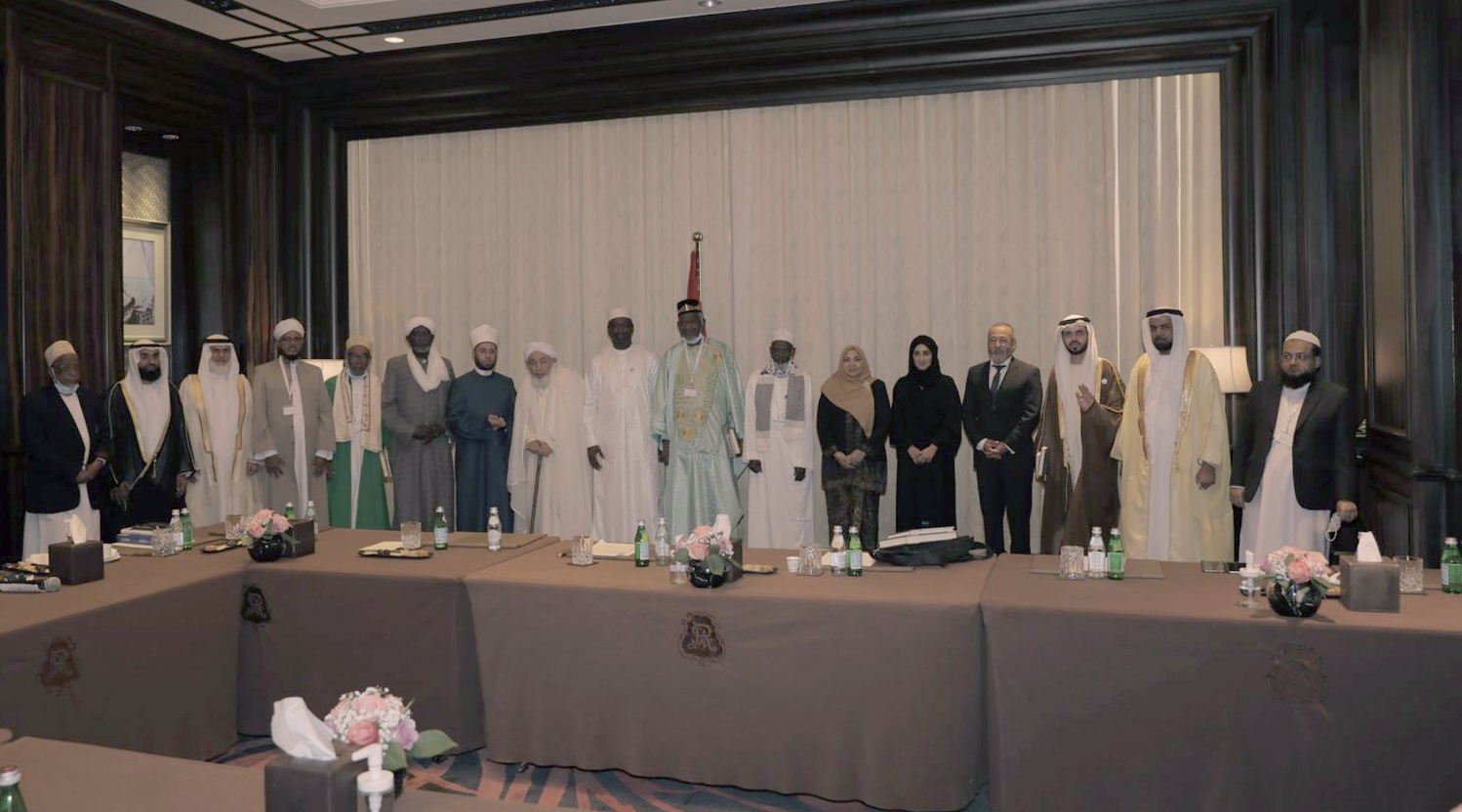Fatwa Making and Minority Jurisprudence
????? ?????? ???? ????????
Fatwa Making and Minority Jurisprudence
?????
????? ??? ???? ?? ????? ??????? ?? ??????
Abdullah Bin Mahfud Bin Bayya
Synopsis:
At the time of the revelation, people used to receive religious rulings from their sources – the Prophet himself. As well as delivering the clear divine message, he guided them with his Hadiths and actions. When he died, the best among his Companions took over, following his straight path.
They had to face a number of novel issues in the different domains of life which neither the Koran nor the Sunna had dealt with. They issued solutions based on their perspicacious, rational reasoning, and based their rulings on solid religious legal evidence.
The Tabi’un generation, i.e. those who came after the Companions, and then the next generation, followed suit in their endeavor. In due course, the legal tradition grew firm for subsequent generations: any time there was a new issue, the specialists, e.g. scholars and judges, tackled it as best they could, both orally and in written works.
These days, new issues have arisen, and Muslims are now cohabiting with non-Muslims in the latter’s communities. Accordingly, the need for new fatwas is growing more and more pressing. Hence the need for scholars to carry out ijtihad to bring jurisprudence up to date on the basis of religious foundations, general rules, and intents.
As a result, there appeared a number of studies, treatises, and books, such as the volume at hand, titled Sina’at al-Fatwa wa Fiqh al-Aqalliat (Fatwa Making and Minority Jurisprudence), by Abdullah Bin Mahfud Bin Bayya.
This book is characterized by its profundity, brilliant methodology, and style. It is greatly rewarding scientifically, and abounds in legal, Ussul, and intent rules, which testify to the fact that it closely draws on the Koran and Sunna as well as on the methodology of the guided generations. Its methodological characteristics are clear to whoever wants to exploit it for present-day issues and novelties in different areas, particularly relative to the life of Muslims living in Western environments.
This book falls in two interconnected parts. The first part tackles the science of Fatwa making. In its introduction, the author presents an interesting discussion on the notion of the issue and the Fatwa, its hazardous character, its legal and social values, as well as the responsibility of the one who issues it.
Then the author goes on to present in coherently synchronized sections the bases of fatwa among the Companions and the Imams of the four Madhhabs (legal schools of Islam), and their methodologies.
As to the second part of the book, it deals with the legal matters of minorities. The author starts it with the definition of the concept per se, explaining that it is established in its essence on special bases and intents. For the sake of illustration, he presents a number of real life cases which concern Muslim minorities living in the West.






